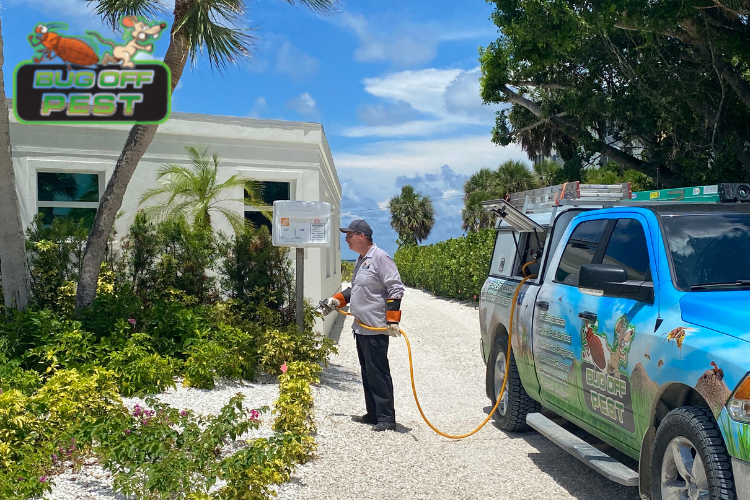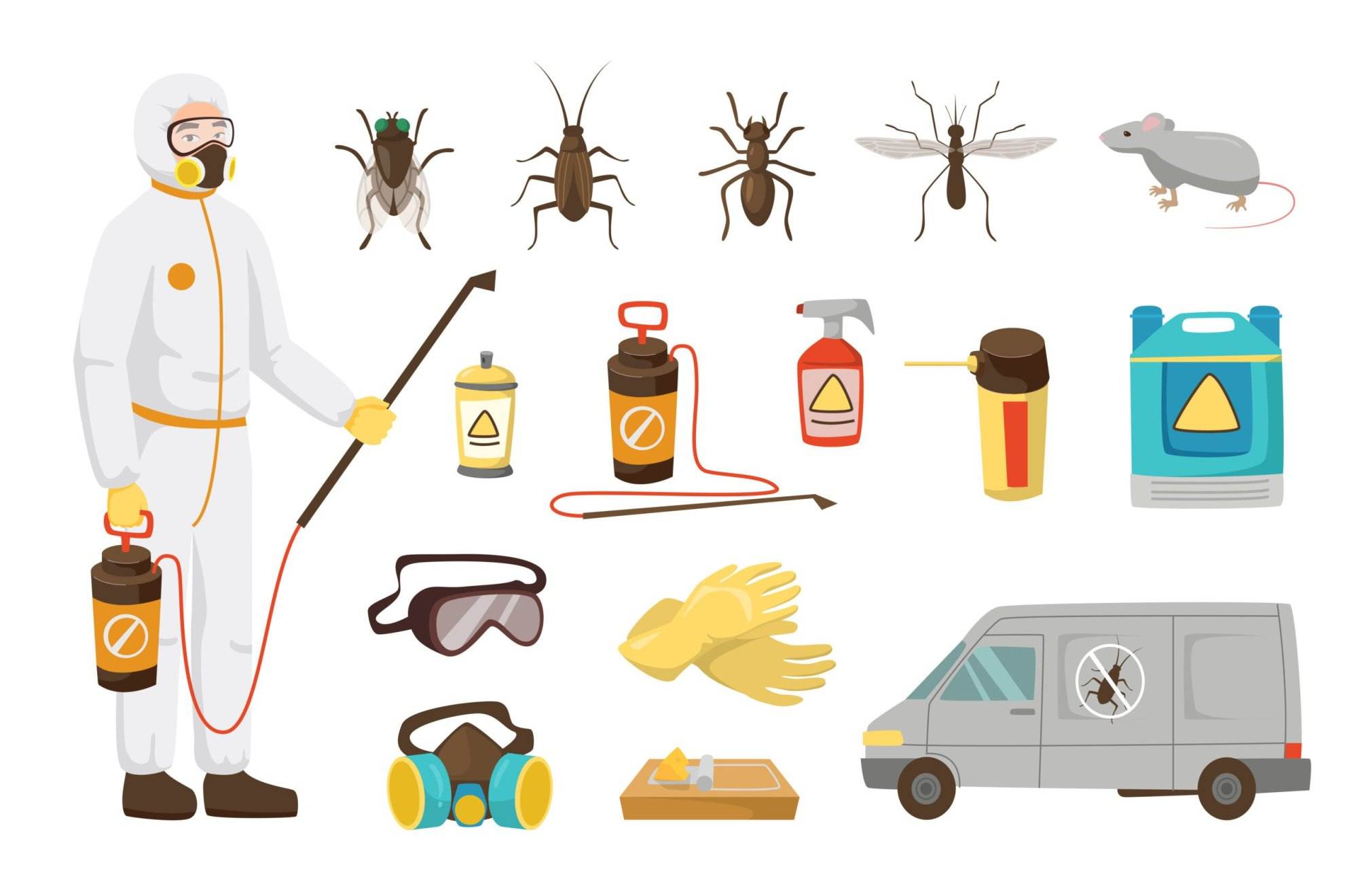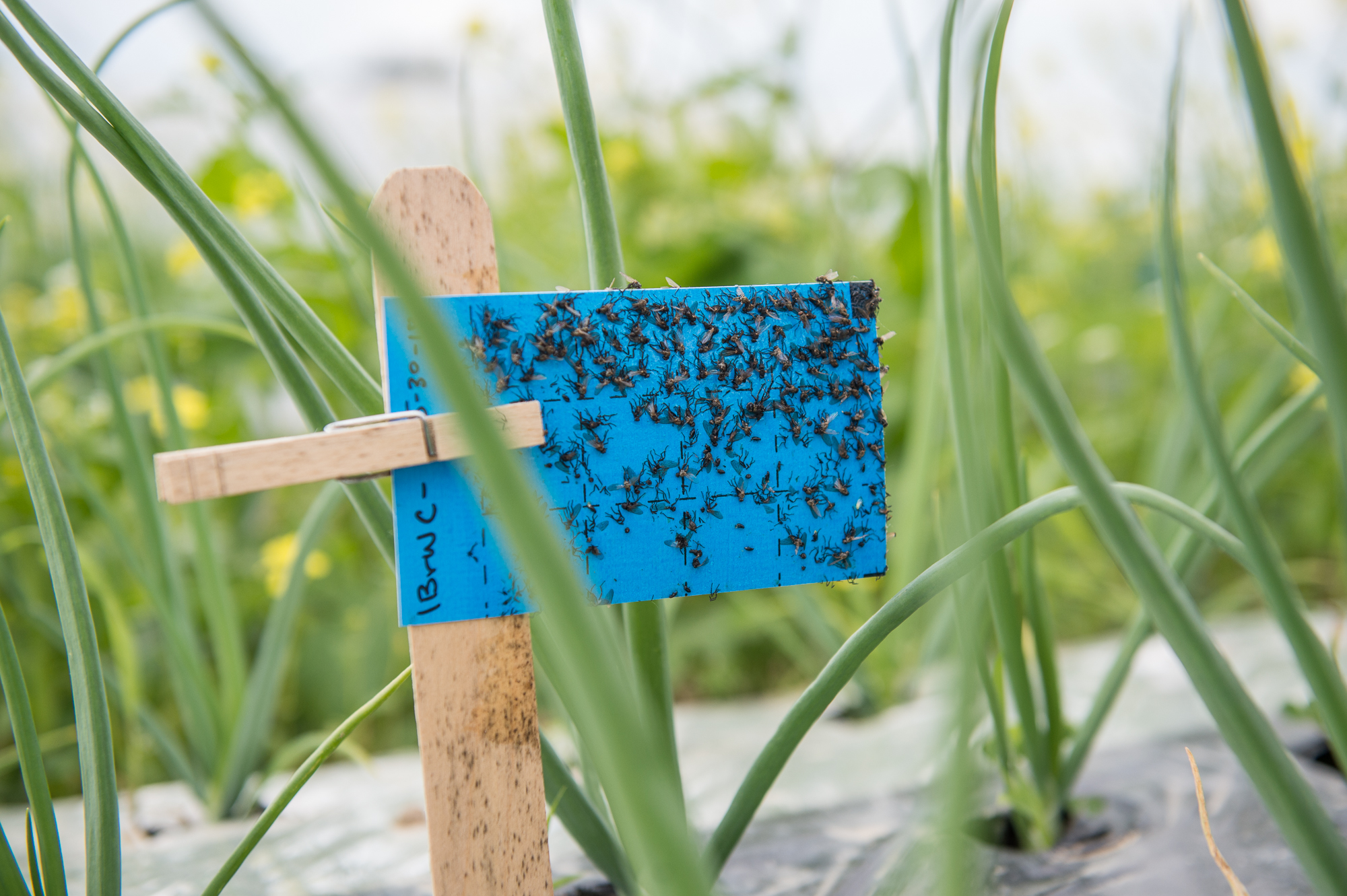Wildlife Removal Services in Port Charlotte for Humane and Professional Solutions
Find Out About the current Developments in Insect Control and Exactly How to Implement Reliable Therapy Solutions
In the last few years, the field of pest control has witnessed considerable developments, driven by the demand for reliable and lasting therapy solutions. Innovative techniques such as Integrated Insect Monitoring (IPM) integrate green exercise with sophisticated innovation, improving both efficiency and ecological duty. The integration of clever innovations and DIY methods has equipped individuals to tackle bug concerns extra effectively. As we check out these developments, it becomes important to recognize how best to implement these techniques in numerous setups to attain optimal outcomes. The effects for insect administration methods could be transformative.
Eco-Friendly Insect Control Options
In recent times, the demand for eco-friendly parasite control alternatives has surged as property owners and businesses alike seek lasting options to traditional chemical treatments. This shift is driven by growing ecological understanding and a desire to lessen the wellness dangers connected with artificial pesticides.

Environment-friendly insect control approaches incorporate a variety of approaches that prioritize making use of natural substances and practices. Integrated Bug Management (IPM) is one such approach, combining biological, cultural, and mechanical methods to handle insect populaces while decreasing dependence on chemicals (Wildlife removal services). This all natural technique stresses prevention with habitat manipulation and the introduction of all-natural predators, thus promoting a well balanced environment
An additional popular option is making use of agricultural pesticides originated from plants, which have a tendency to be less harmful to non-target microorganisms. Products like neem oil and diatomaceous earth have actually acquired traction for their effectiveness in controlling insects while posturing marginal threats to human health and the atmosphere.
In addition, exclusion strategies, such as sealing access factors and preserving cleanliness, play an important function in environment-friendly parasite administration. By embracing these lasting methods, services and people can successfully manage pests while advertising a much healthier planet for future generations.
Smart Innovation in Parasite Administration
Technology is improving the landscape of parasite management, with wise innovation becoming an essential pressure in boosting efficiency and efficiency - Wildlife removal services. The assimilation of Internet of Things (IoT) gadgets, man-made knowledge (AI), and data analytics is changing how parasite control experts come close to problems
Smart catches equipped with sensors can discover parasite activity in real-time, sending instant alerts to drivers. This enables prompt reactions, minimizing damages and decreasing the need for substantial therapies. Furthermore, AI formulas evaluate historic data to predict insect behavior, enabling proactive interventions based upon environmental problems and infestation patterns.
Drones and computerized cars are additionally playing a substantial duty in parasite management, supplying aerial assessments of big locations, recognizing hotspots, and also distributing targeted therapies. These modern technologies not only streamline procedures yet also boost security by restricting human exposure to possibly hazardous chemicals.
Moreover, mobile applications encourage customers to keep track of pest task and access professional recommendations, cultivating a joint technique to pest administration. Generally, the fostering of clever modern technology is establishing a brand-new standard in parasite control, highlighting data-driven choices and sustainable techniques that eventually profit both professionals and property owners alike.
Integrated Insect Administration Approaches
Integrated Parasite Monitoring (IPM) uses a holistic approach to pest control, incorporating various methods to effectively manage insect populations while lessening dangers to human health and wellness and the setting. IPM revolves around recognizing the pest life cycle, their all-natural enemies, and the environment in which they grow.
One of the fundamental components of IPM is keeping an eye on pest populations with routine examinations and data collection. This permits the identification of pest thresholds, determining when intervention is essential. Cultural methods, such as plant cleanliness, environment, and turning control, are necessary in minimizing pest frequency and promoting plant health and wellness.
Mechanical controls, consisting of barriers and catches, are additionally crucial in IPM. These approaches can physically remove or prevent pests without using chemicals. When required, the sensible application of chemical controls is utilized, concentrating on targeted therapies that decrease ecological effect.
Education and partnership among stakeholders, including farmers, pest control professionals, and dig this the neighborhood, are essential for the successful implementation of IPM techniques. By prioritizing sustainable methods, IPM not only addresses pest issues but likewise cultivates a healthier ecological community.
Biological Control Methods
Numerous organic control approaches are significantly recognized for their effectiveness in taking care of pest populations while advertising environmental equilibrium. These methods harness all-natural killers, parasites, and microorganisms to lower pest numbers without depending on artificial chemicals. For circumstances, the intro of ladybugs can properly regulate aphid populaces, while nematodes target soil-dwelling bug larvae.
Additionally, making use of microbial chemicals, such as Bacillus thuringiensis (Bt), provides an eco-friendly choice for taking care of caterpillar bugs. These products especially target pest species, reducing damage to beneficial bugs and pollinators. Additionally, preservation organic control stresses enhancing environments for natural opponents, such as birds and useful insects, thereby motivating their existence in agricultural systems.
Study proceeds to reveal ingenious approaches within this area, such as making use of scents to interrupt pest breeding patterns or the advancement of biocontrol agents via genetic modification. Implementing these approaches can cause lasting pest management techniques that minimize the reliance on chemical interventions, eventually cultivating healthier ecosystems. As understanding of these techniques expands, they are coming to be integral components of integrated pest monitoring (IPM) strategies, providing a balance between efficient parasite control and ecological stewardship.
DIY Bug Control Solutions
As house owners look for effective why not look here ways to take on pest problems, do it yourself pest control solutions have actually obtained popularity for their access and cost-effectiveness. These techniques empower people to attend to infestations using readily available materials and techniques, commonly without the demand for professional treatment.

Additionally, keeping proper sanitation and routine examinations can protect against pest access and nesting (Wildlife removal services). Easy methods, such as securing cracks, eliminating food sources, and decluttering, can substantially decrease bug populations. Traps, both homemade and commercially readily available, can additionally offer effective services for tracking and regulating certain parasites like insects or rats

Conclusion
The assimilation of green insect control alternatives, smart technology, and innovative management approaches presents a detailed method to reliable bug management. By embracing Integrated Pest Administration (IPM) and making use of biological control approaches, alongside DIY solutions, liable and lasting parasite control can be accomplished.
Environmentally friendly bug control approaches you could try this out include an array of methods that prioritize the usage of all-natural materials and methods. Integrated Parasite Monitoring (IPM) is one such approach, integrating organic, cultural, and mechanical techniques to take care of bug populations while lowering dependence on chemicals. As understanding of these methods expands, they are becoming important components of incorporated pest administration (IPM) techniques, providing a balance between reliable pest control and environmental stewardship.
The integration of environmentally friendly bug control choices, smart technology, and innovative management strategies presents a thorough method to reliable bug management. By embracing Integrated Pest Management (IPM) and making use of biological control approaches, along with Do it yourself solutions, lasting and accountable pest control can be accomplished.